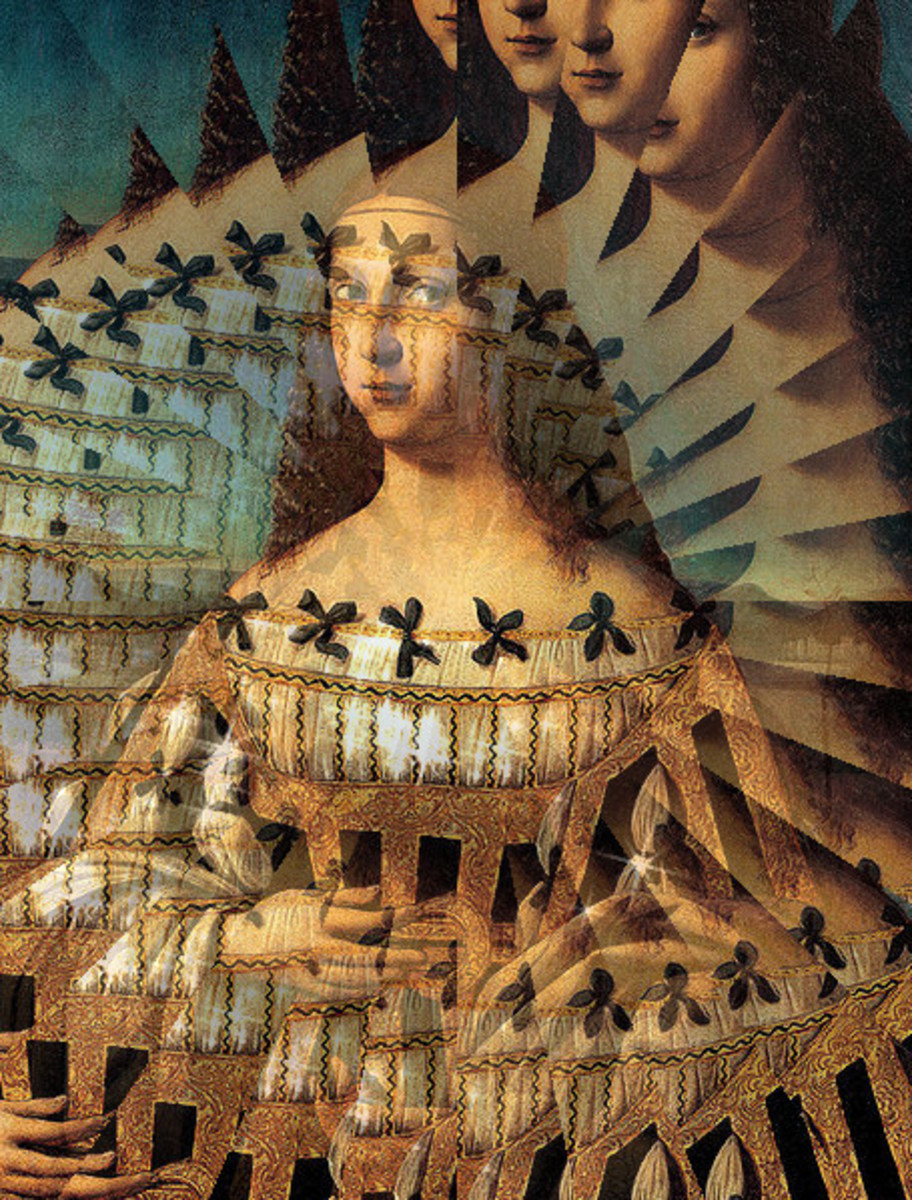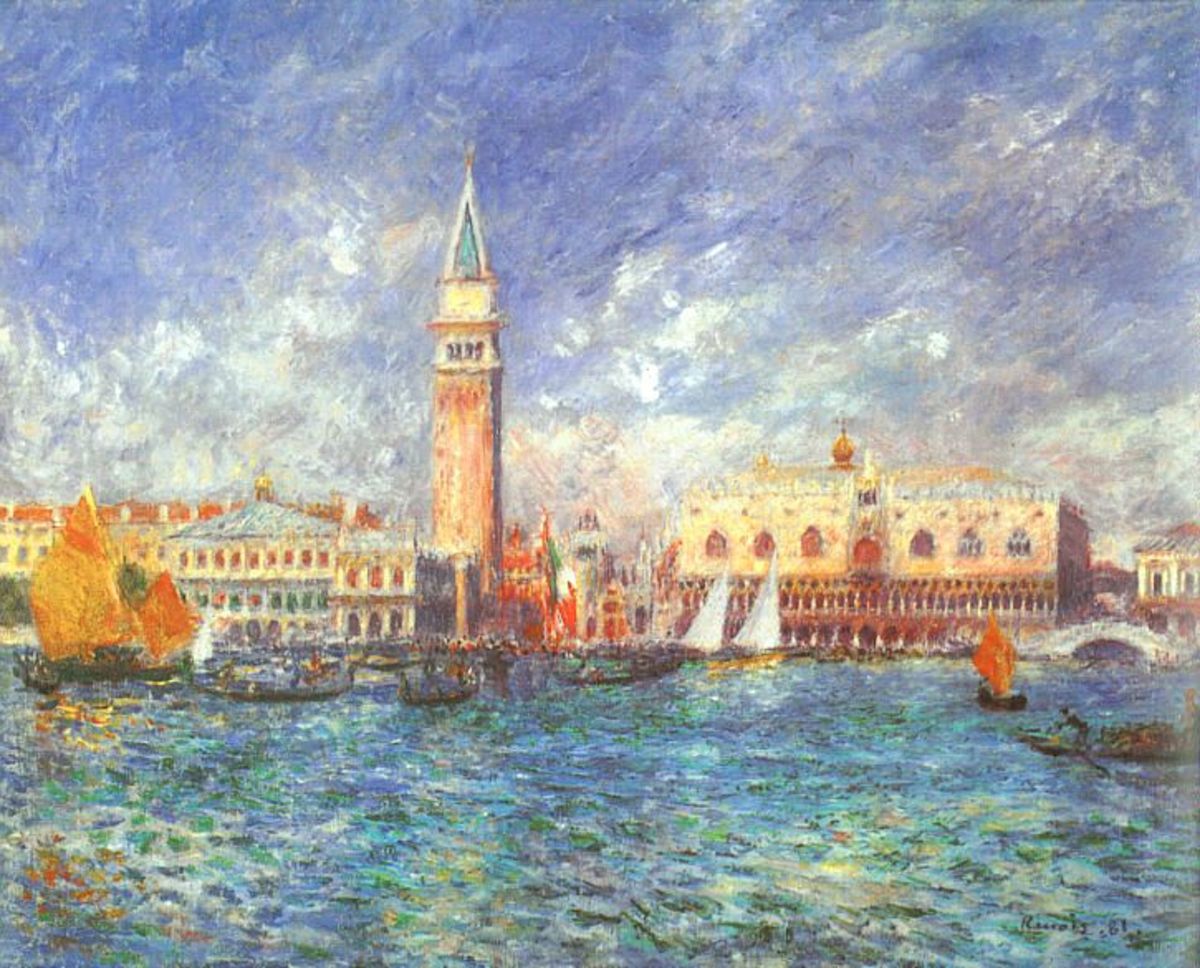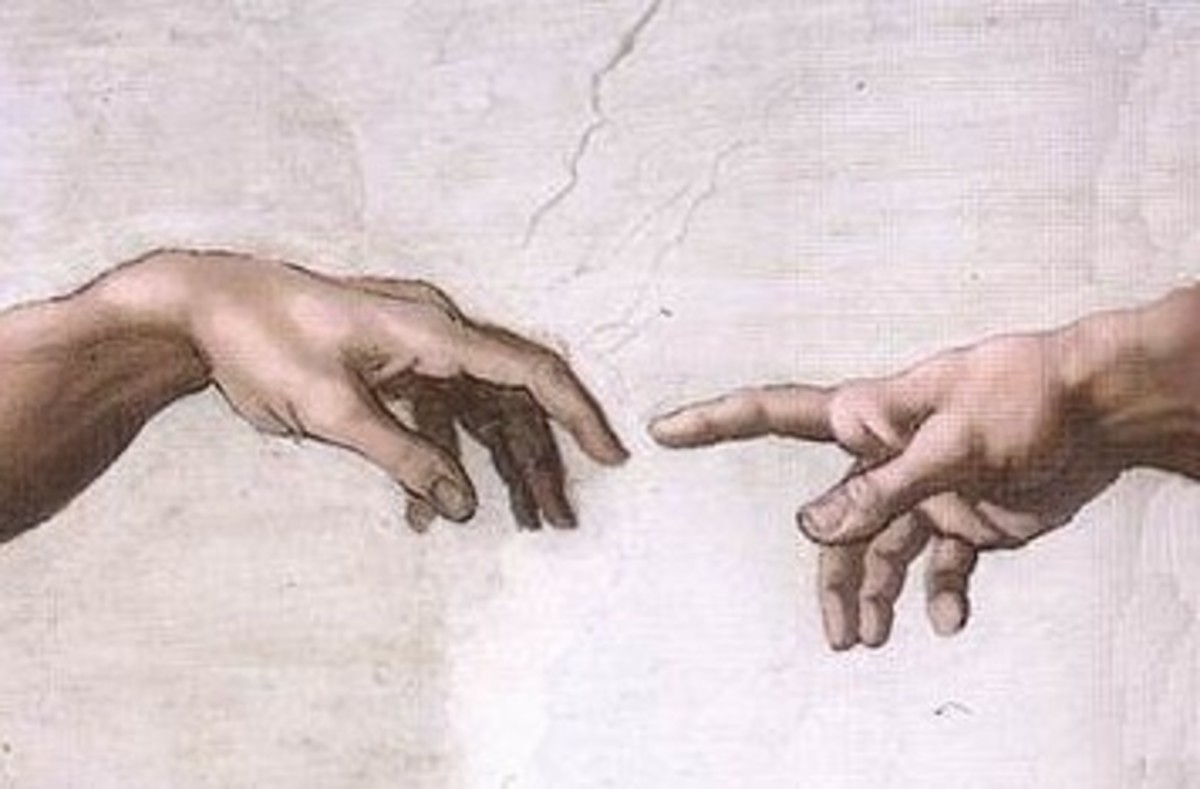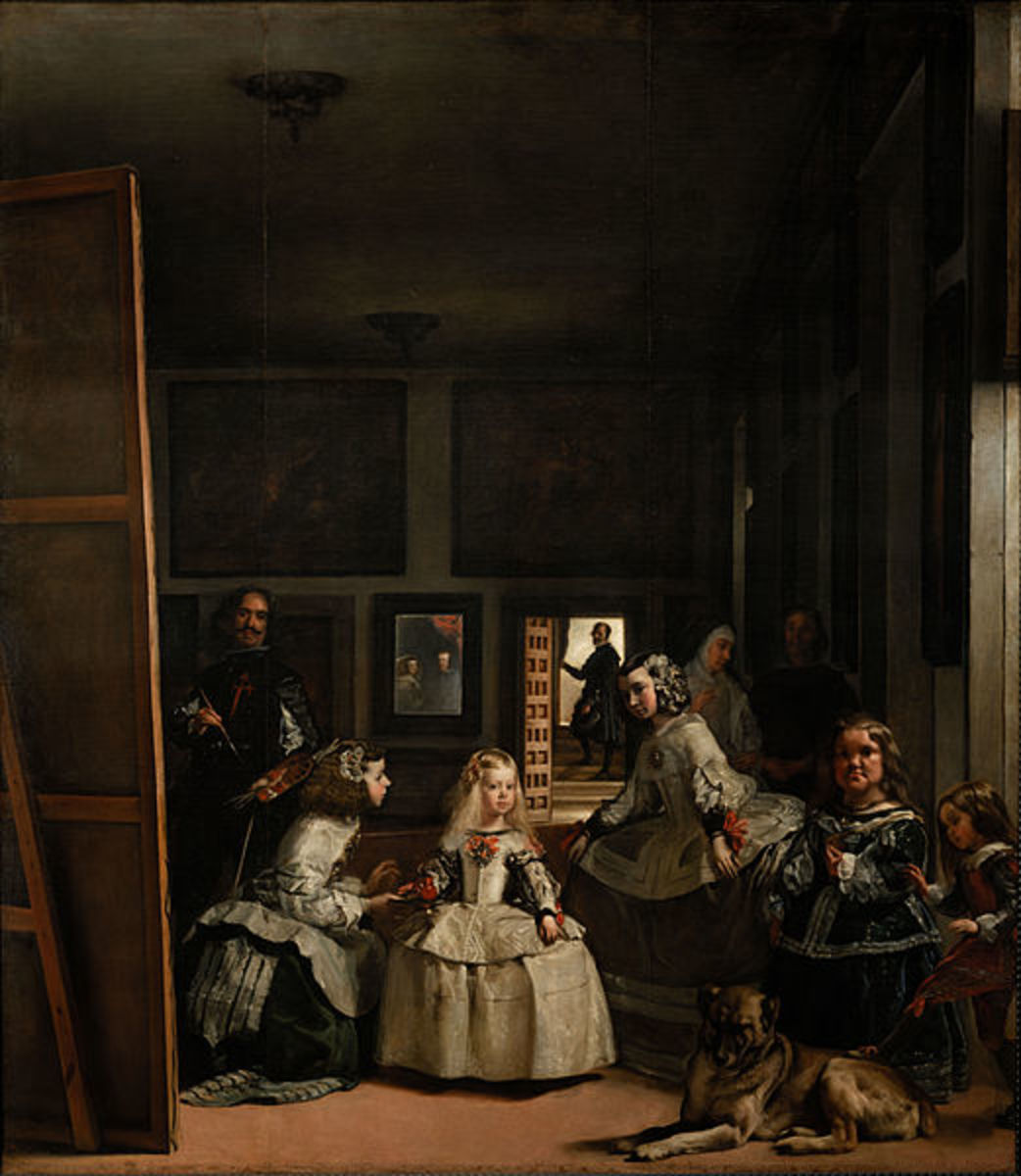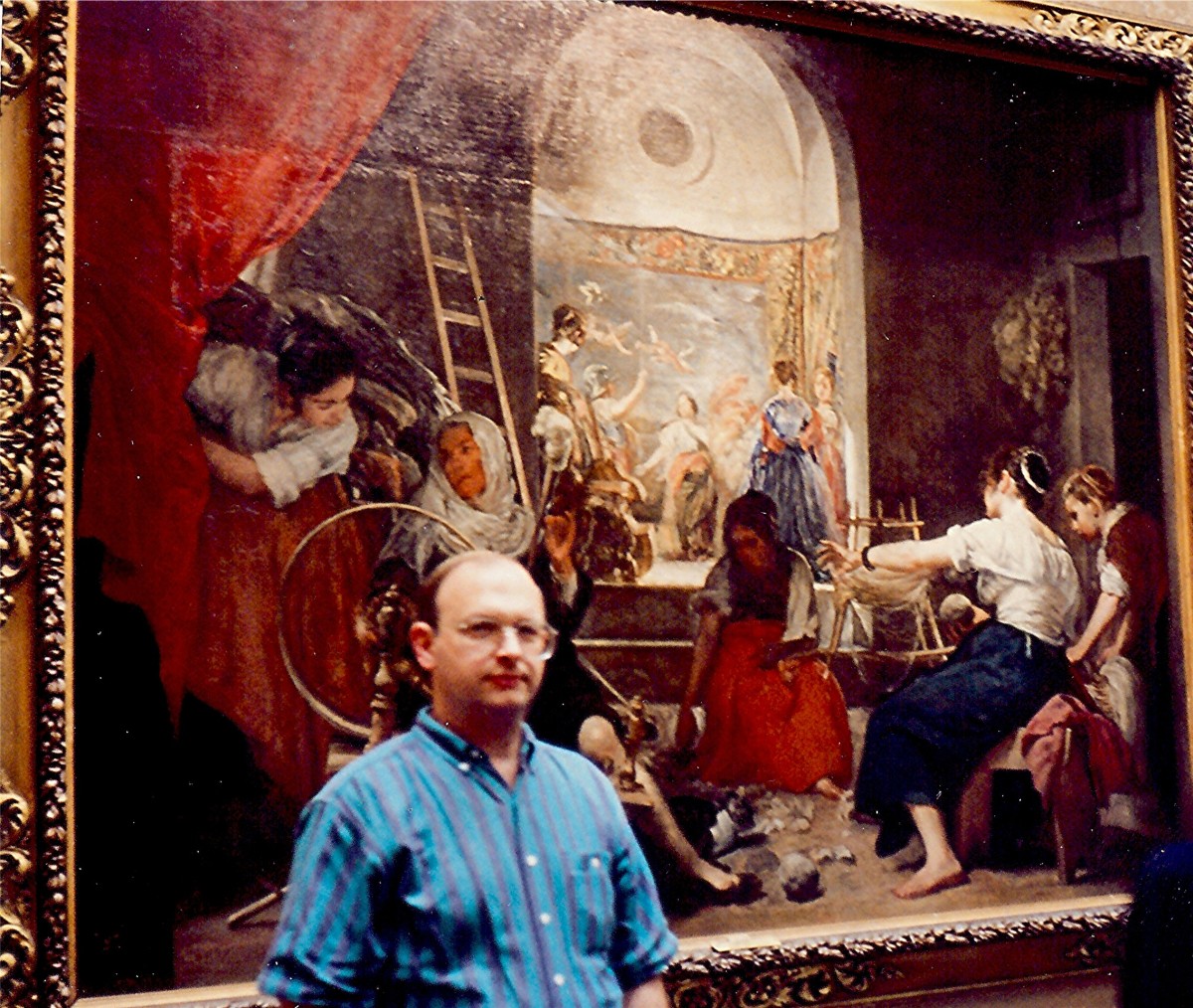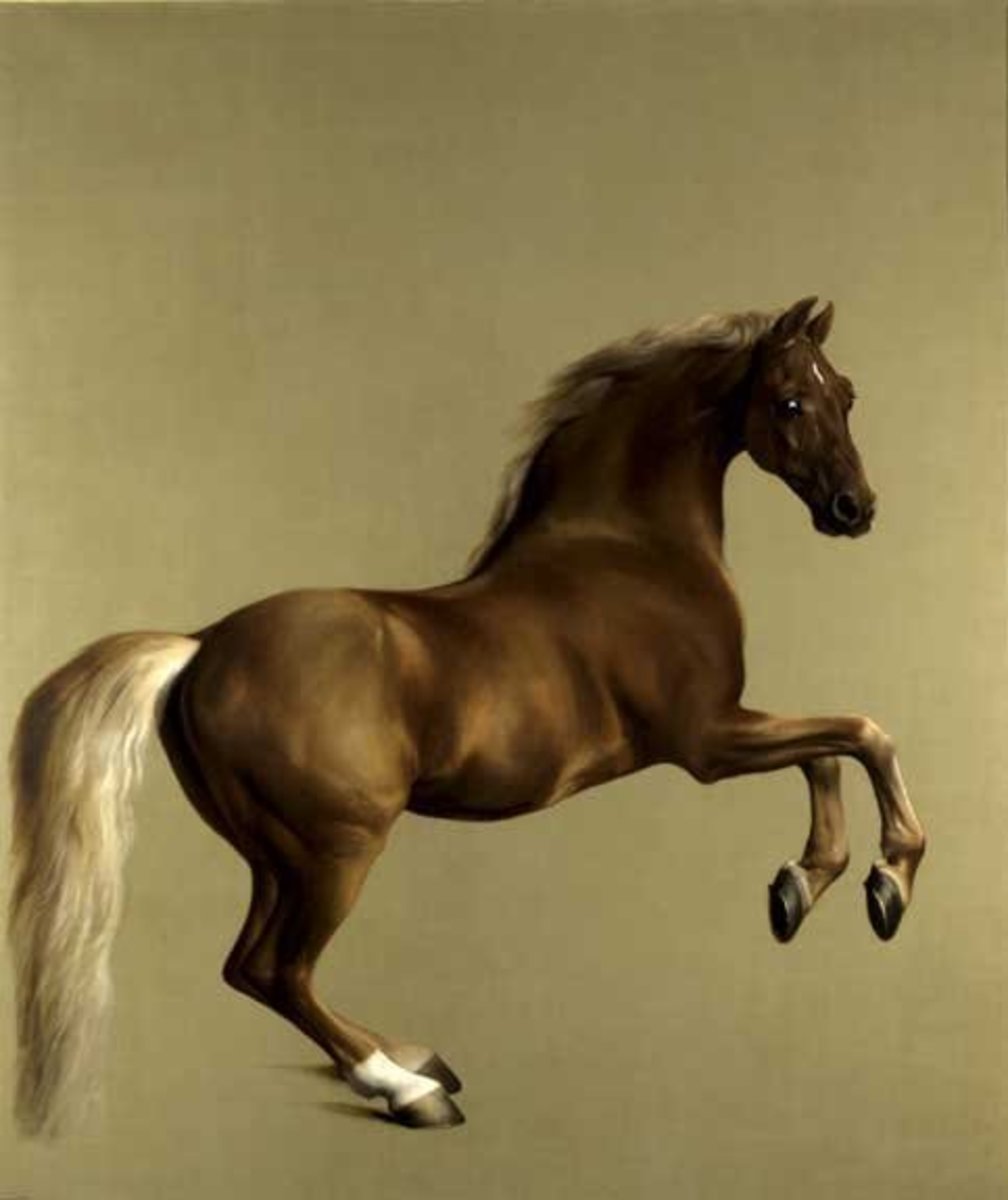Rococo Portrait Painter - Rosalba Carriera
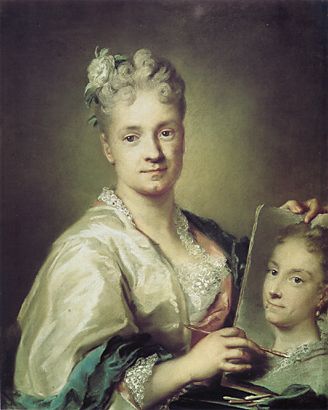
Early Venice Years
Rosalba Carriera was one of the more commercially successful and accomplished female artist during the 18th century, Rococo period. As a portrait painter and pastellist, she developed the technique of painting miniatures in tempera on ivory and was a leading exponent in the use of pastels, still a new artistic medium at this time.
Rosalba was born in Venice in 1675; her father was a clerk and mother worked at a lace maker. It was working alongside her mother that Carriera first utilised her artistic talents, designing lace and fans patterns for her mother. While still in her teens it is believed Guiseppe Diamantini instructed her in the use of oil paints tutored her.
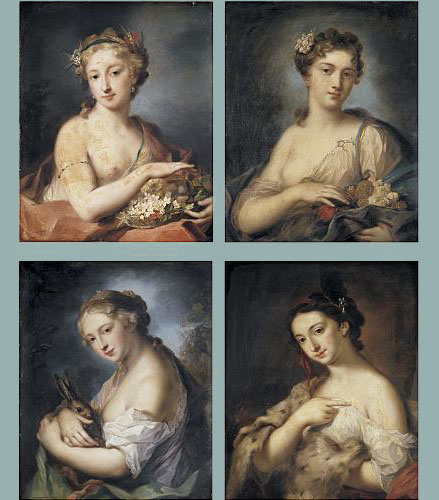
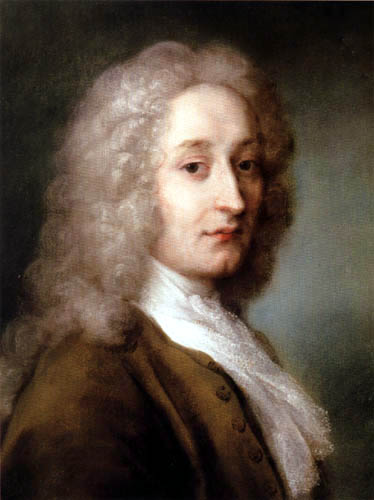
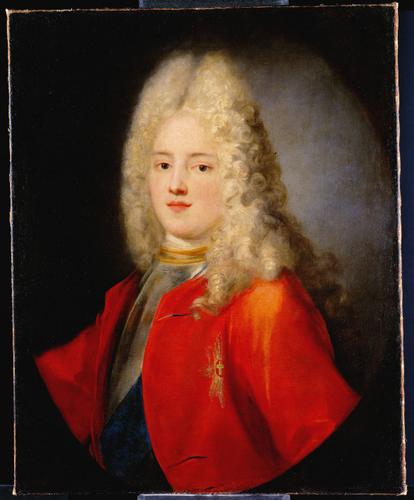
By the age of twenty-five, Carriera was a well-established painter in Venice and she was popular with sons of the landed Gentry, taking their "gap year out" on the Grand Tour around Europe. Especially the British aristocracy, who delighted in her portrait, snuff boxes. She also had much success with her charmingly saucy and titillating "demi vierges", exposed and revealing pastels of young women. All the rage in a gentlemen’s private chambers.
In 1705 records tell of her ordering the manufacture of coloured pastels and it was during this period that she experimented with the use of card as a ground on which to work. Rosalba’s subtle, soft drawings were gaining a reputation and she was inducted into the Accadamia San Luca in Rome. A rare honour for a non-roman, less a known a woman. The following year she was invited to the make portraits of the German Court in Dusseldorf.
Pierre Crozat, the great, Parisian Art Collector, encouraged her to travel to Paris in 1921. Here she drew Rococo’s leading painter, Jean-Antoine Watteau, who tragically died later that year of tuberculosis. Other subjects while staying in Paris, included the king and many of his courtiers, such was her acclaim that she was made a member of the Paris Academy.
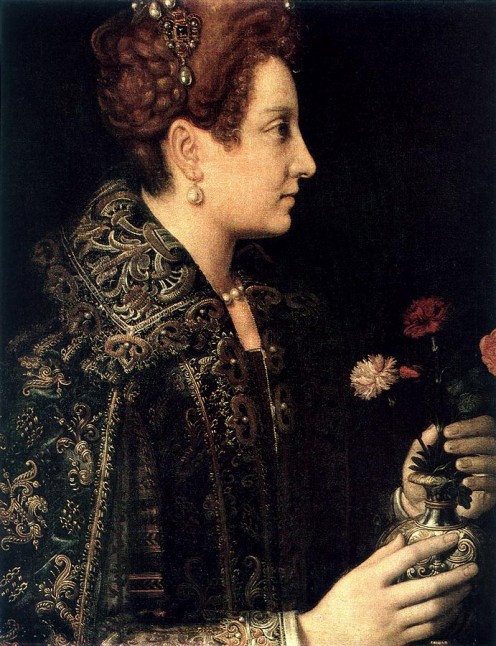
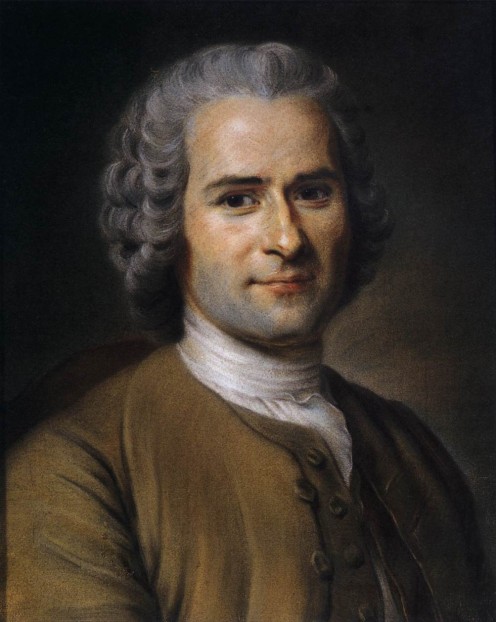
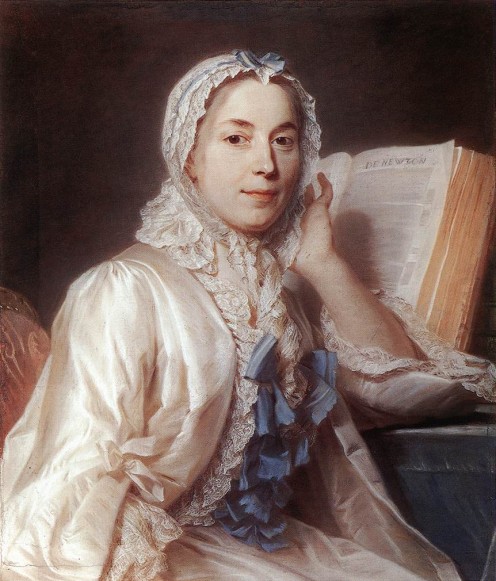
The Carrierra Style
Carriera was loved as much for her gentle nature, as her precocious talent. Commentators have said that Rococo was the ideal style for women with its natural themes, curvaceous shapes and soft tones. The rendering of delicate fabrics, the portrayal of lace or ribbon and the skill required capturing fur and feather. In this respect she was a master but also her ability to put people at their ease that endeared her. Sitters were encouraged to dress in their finery, and she would pamper them endlessly. Apart from her artistic skills, she was also a talented violinist and conversationalist, leading to invites to appear at courts throughout Europe.
Rosalba’s portfolio of work steadily grew and included such noted individuals as Frederick IV of Denmark, Maximillian II of Bavaria and August the Strong of Saxony. She spent some months in the court of Poland and a large number of works from this time appear in the Altermeister Gallery in Dresden and the Portrait Gallery in London also has a good many of her pictures.
Although she never married, there were a number of admirers in her life and when she drew Humphrey Prideaux of Padstow, Cornwall in 1740, secretly, she hid a love letter to him behind the picture. Sadly for Rosalba, this remained undiscovered for 160 years, until the pictures restoration in 1900. After the death of her sister, with whom she was very close she seemed to drift away. Her eyesight failing and eventually after two attempt operations for cataracts she went totally blind. Rosalba Carriera spent the last years of her life in a little apartment in Venice, where on April 15 1757 she died.
Her legacy was that she would inspire future female artists and the other great Rococo portrait painters Elizabeth Virgee-Lebrum and Adelaide Labille-Guiard both would name her as their inspiration and reason for entering the arts.
Other Aritists on this Hub
Twentieth Century Welsh Painter - Gwen John
Sister of Augustus John, Rodin's lover and artist
Female Painter from the Baroque Period - Artsmisia Gentileschi
First female member of Florence's Accademia della Arti a Disegno,
Female Painters of the Renaissance - 1400 -1650
Baroque Painter - Caravaggio
Brilliant, inspired artist, leading light who died tragically young
Australian French Impressionist - Rupert Bunny

